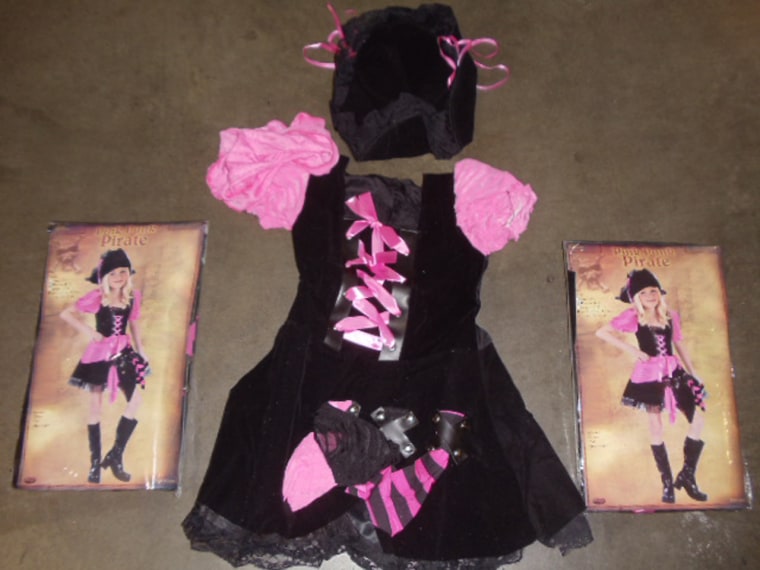Federal inspectors have seized nearly 1,400 Chinese-made pirate costumes being shipped to Seattle after high levels of lead were found in the buttons and the trim.
The costumes, worth about $10,000, had 11 times the legal limit for lead, said Mike Milne, a spokesman for U.S. Customs and Border Protection in Seattle. The pirate outfits were headed to a Seattle-area distributor and will eventually be destroyed, he said.
The costumes were diverted to a warehouse for testing in mid-September and the lead levels were confirmed about a week ago, Milne said.
The shipment was chosen for inspection because of a past violation, Milne said, without identifying the violator.
“We target shipments for a variety of reasons,” he said. “It could be the history of the shipper, the manufacturer, it could be the history of the importer or it could be the commodity itself that we’ve had prior violations with.”
The costumes were tested for lead by the Consumer Product Safety Commission. Problems could have occurred if children had put the buttons or trim in their mouths, exposing them to the toxic substance.
High levels of lead in a child's blood can cause vomiting, coma or convulsions. Even low levels can cause learning difficulties and ability to pay attention. In May, the Centers for Disease Control and Prevention lowered the threshold level for lead poisoning in children to 5 micrograms per deciliter, down from 10 micrograms per deciliter.
“We consider any kind of a children’s product that has violative levels of lead to be significant,” said Craig Mabie, a commission compliance investigator in Seattle. “The real emphasis here is that we’re being proactive by looking at this stuff at port of entry before it has a chance to be distributed to commerce.”
More from NBC News health:
